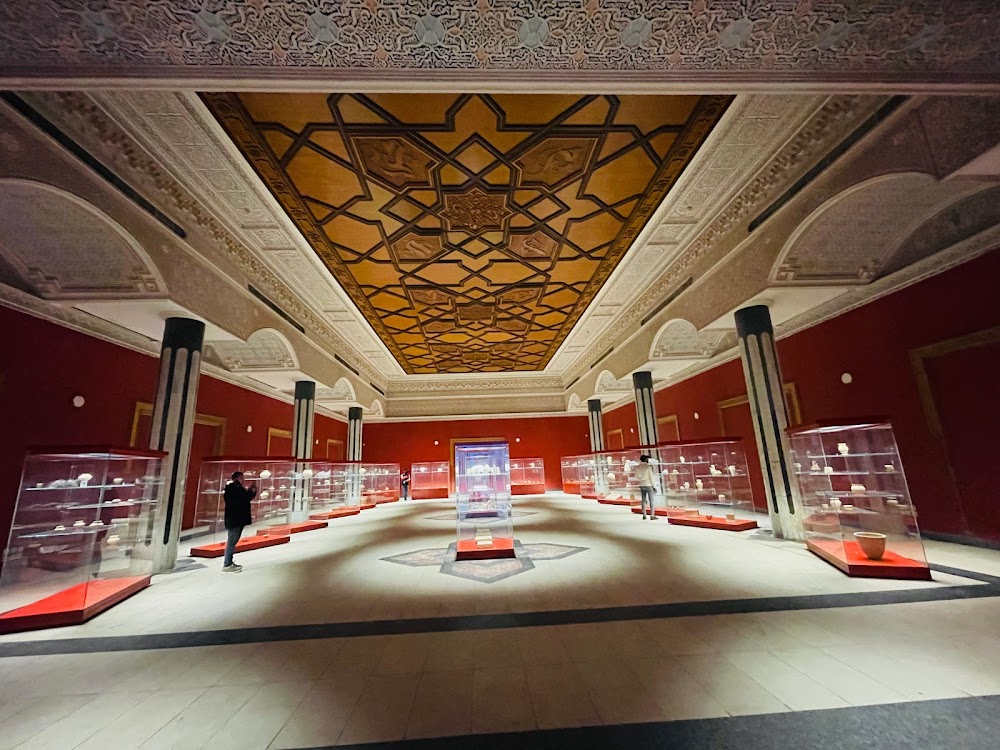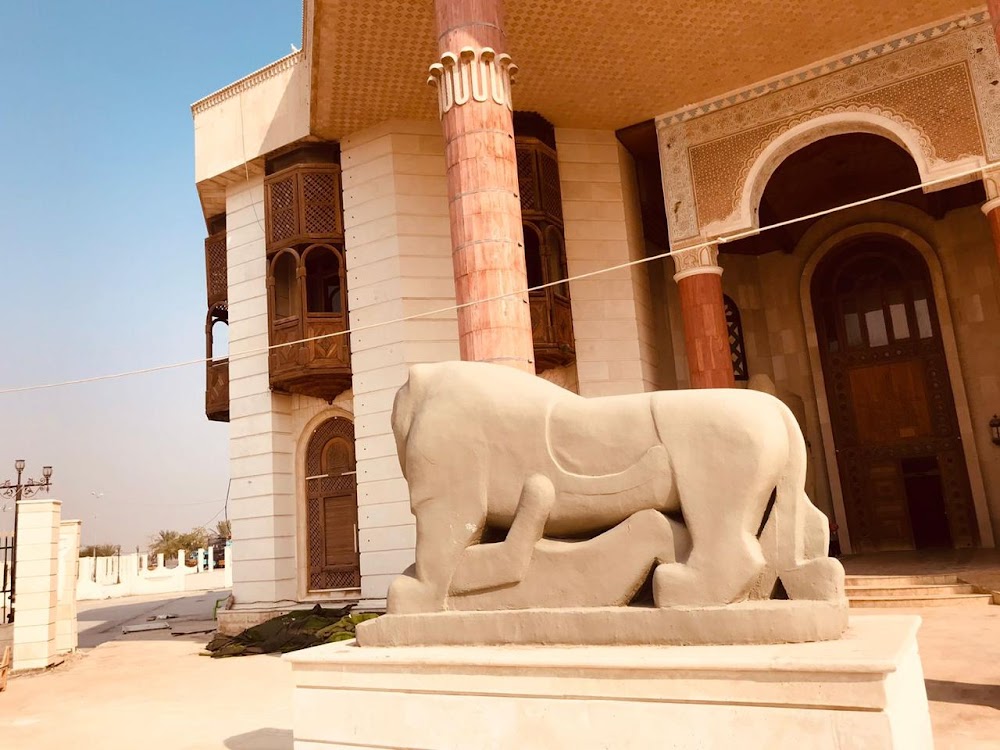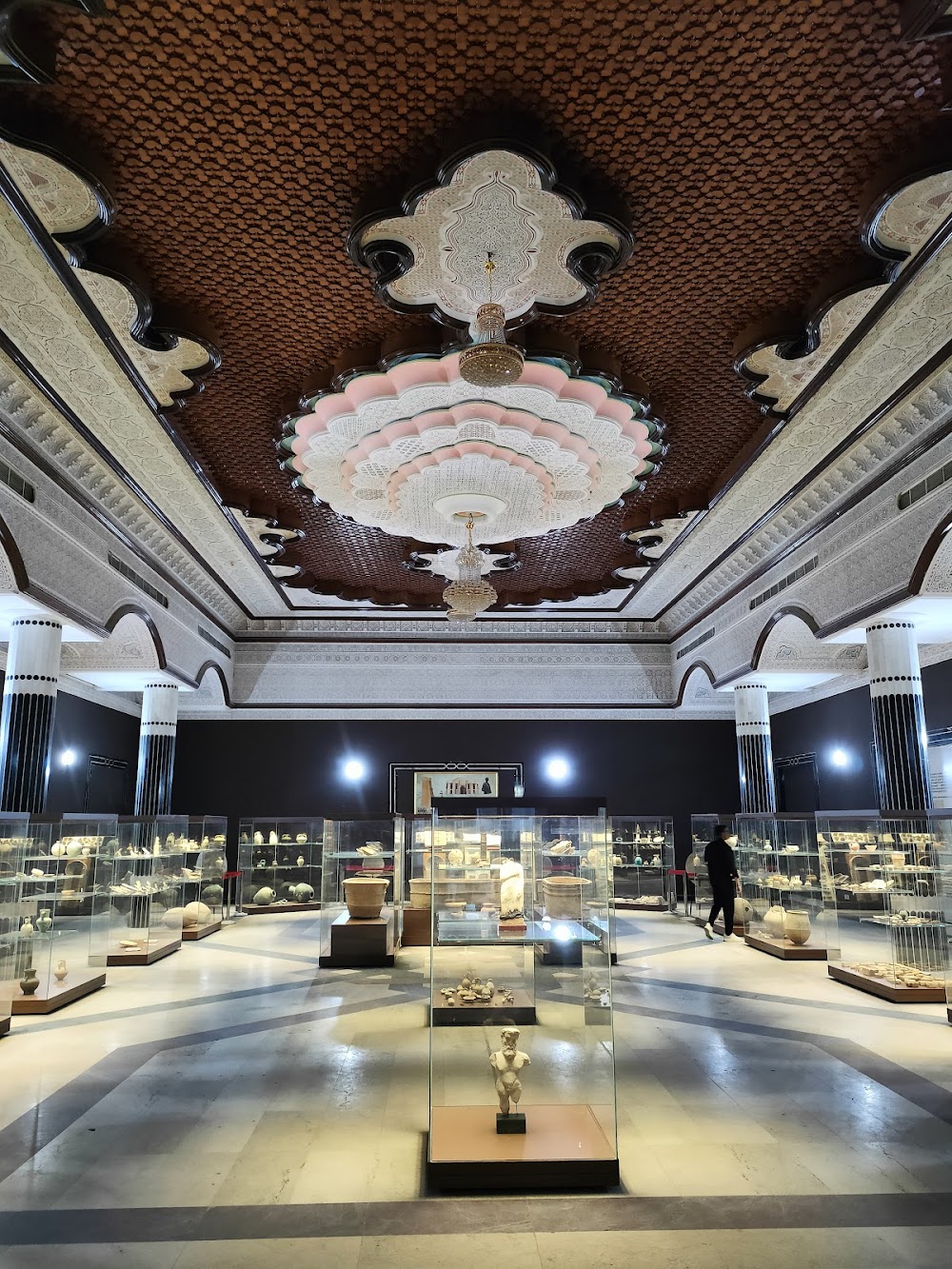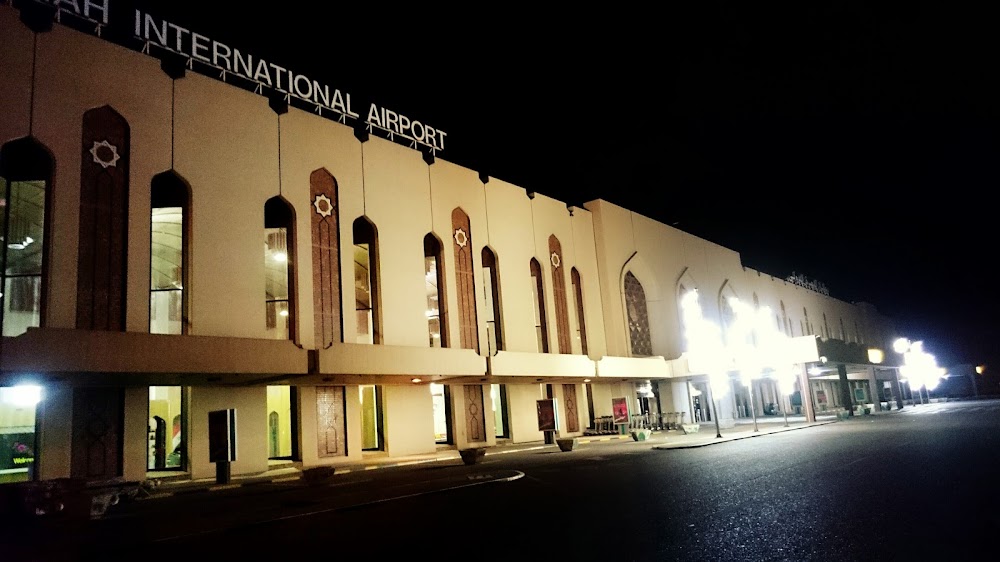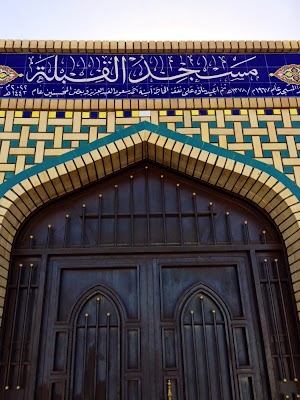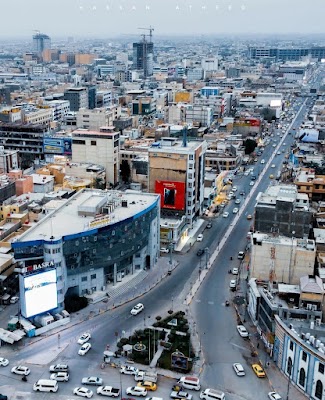Basra Museum (متحف البصرة)
Overview
The Basra Cultural Museum, located in the vibrant city of Basra, Iraq, serves as a profound testament to the region's rich cultural and historical heritage. Officially opened to the public in September 2016, this museum has quickly established itself as a significant cultural landmark, offering visitors an insightful glimpse into the area's diverse past.
The journey to create the Basra Cultural Museum began in the early 2000s, amidst a time of substantial turmoil and destruction in Iraq. This visionary project was initiated by a group of passionate historians, archaeologists, and cultural enthusiasts dedicated to preserving and showcasing the ancient heritage of Basra and the surrounding Euphrates region. Their efforts were bolstered by support from both local and international entities, including the British Army, which was stationed in Basra during that period.
Housed in an elegant building that was once one of Saddam Hussein’s grand palaces, the museum boasts architectural significance and a central location that makes it an accessible cultural hub for both locals and visitors. The palace features tall columns, expansive halls, and intricate design details that narrate stories of Iraq’s historical grandeur.
The restoration of this palace into a museum was an ambitious undertaking, involving years of meticulous planning and labor. The renovation process began with a careful assessment of the structure, ensuring its preservation. International experts, particularly from the British Museum and other global institutions, contributed their knowledge to reconstruct and redevelop the site. Generous support from the United Kingdom government, through the British Council and various funding bodies, played a crucial role in bringing this vision to life.
The Basra Cultural Museum comprises four main galleries, each dedicated to different historical periods and aspects of Iraqi heritage. The first gallery focuses on Basra's maritime history, showcasing ancient trade tools, maritime instruments, and models that illustrate the evolution of vital trade routes.
The second gallery is devoted to the pre-Islamic era, featuring an impressive collection of artefacts from Mesopotamian culture and civilization. Visitors can marvel at Sumerian, Akkadian, Babylonian, and Assyrian items, including stone carvings, cuneiform tablets, and intricate pottery that highlight the advanced culture flourishing in the region millennia ago.
In the third gallery, the Islamic period comes to life during the Golden Age of Islamic civilization, when Basra emerged as a pivotal intellectual and commercial hub. Here, manuscripts, early Korans, and exquisite calligraphy works showcase the sophistication of Islamic art and science.
Finally, the fourth gallery focuses on modern history, illustrating Basra's significant role in contemporary Iraqi history, including its recent challenges and resilience. Photographs, modern documents, and displays related to recent conflicts and reconstruction efforts convey a poignant narrative of survival and hope.
One of the most remarkable features of the Basra Cultural Museum is its educational programs and community outreach initiatives. The museum regularly organizes workshops, lectures, and cultural events aimed at educating young Iraqis about their heritage. By collaborating closely with local schools and universities, the museum fosters a sense of pride and ownership among the youth.
The museum has not only become a center for cultural preservation in Iraq but also a symbol of international cooperation and rebuilding efforts. Despite facing numerous challenges, including funding issues and security concerns, the successful opening and ongoing operation of the Basra Cultural Museum illustrate the resilience and enduring spirit of the Iraqi people.
In just a few short years, the museum has emerged as an icon of cultural revival in Iraq. It stands as a beacon of hope, a place where the past is preserved, and the future is nurtured through education and cultural expression. The Basra Cultural Museum continues to inspire and educate, allowing visitors from around the world to connect with Iraq’s profound and multifaceted history.



